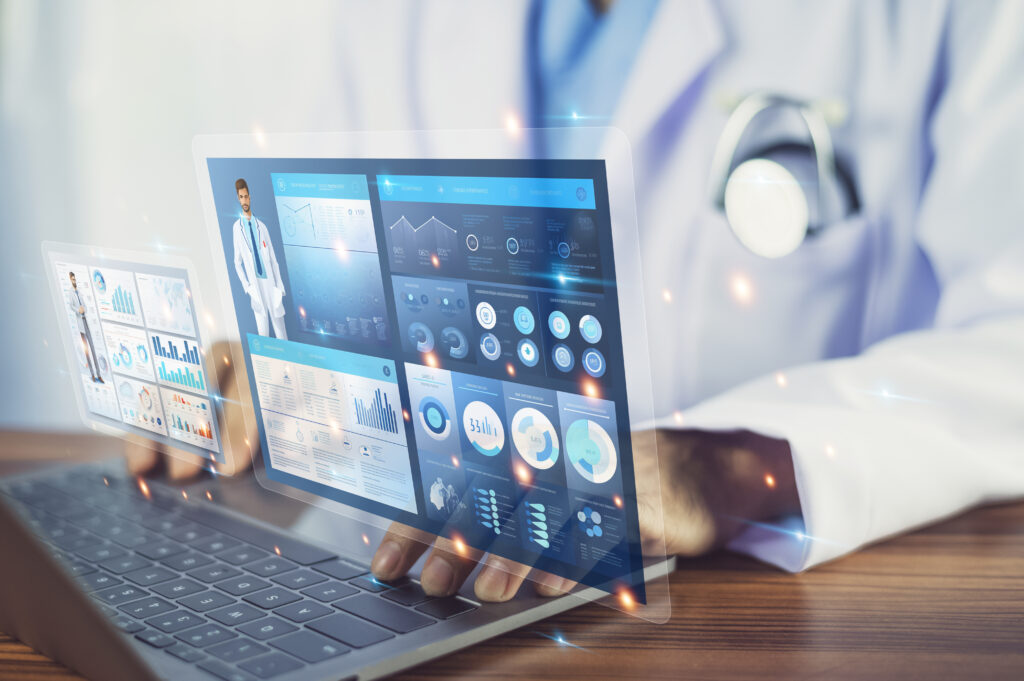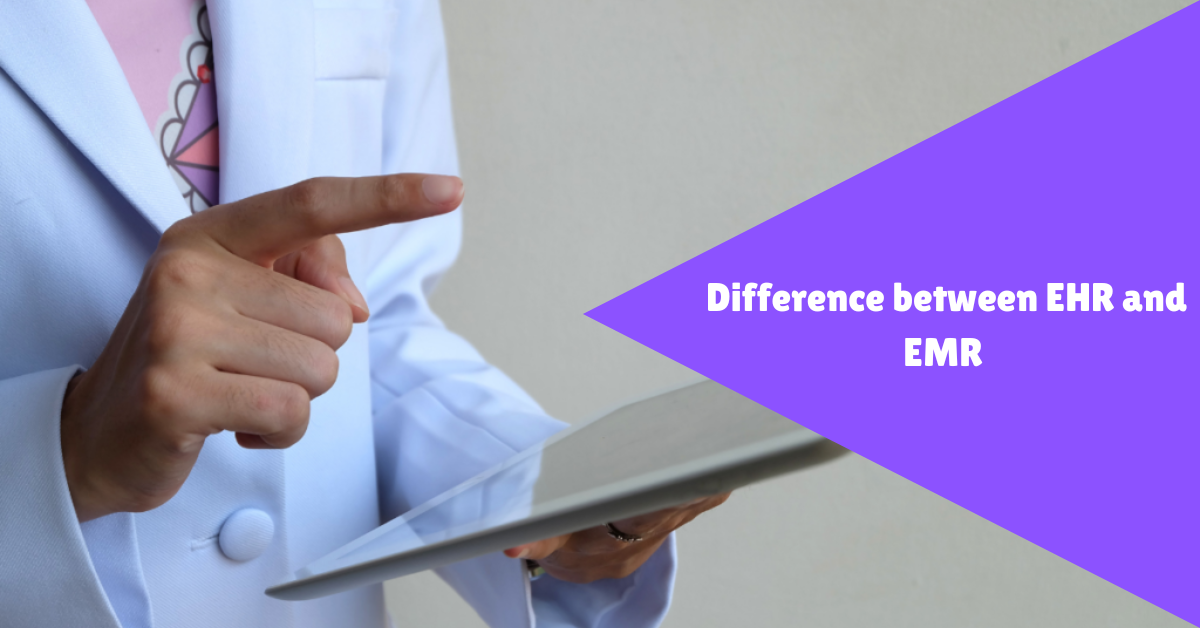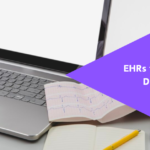In today’s healthcare landscape, the difference between EHR and EMR lies in their scope and functionality. Electronic Health Records (EHRs) and Electronic Medical Records (EMRs) are two commonly used systems to manage patient data. Understanding this difference is crucial to optimizing patient care and healthcare workflows. While they share similarities, it’s essential to understand the difference between EHR and EMR and how each contributes to improving patient care and outcomes.
Ready to take the first step?
We’ll assist you through every step.

What Are EMRs (Electronic Medical Records)?
EMRs are digital versions of a patient’s paper chart within a single healthcare facility. They focus on:
- Managing patient data: EMRs keep track of children’s medical histories, diagnoses, treatment plans, and prescriptions.
- Diagnosing and treating patients: Healthcare providers can use EMRs to access vital information for decision-making.
- Tracking lab results: EMRs help track and monitor lab tests and results over time, providing a comprehensive record of patient health.
What Are EHRs (Electronic Health Records)?
EHRs are more comprehensive than EMRs. While they include everything found in EMRs, EHRs go a step further by offering additional features:
- Patient demographics and insurance information: EHRs capture more detailed patient information, including insurance and contact details.
- Secure sharing with other providers: EHRs allow healthcare providers to share children’s data seamlessly across different organizations, improving collaboration.
- Patient portal access: EHRs provide patients with access to their own health records, promoting transparency and engagement in their care.
Differences Between EHR and EMR
- Scope of Care: EMRs focus on clinical care within a single facility, while EHRs offer a broader, more holistic view of the patient’s overall health, enabling a complete picture of their medical history.
- Data Sharing: EHRs facilitate the seamless sharing of patient data between different healthcare providers, whereas EMRs typically do not offer this feature.
- Patient Access: EHRs empower patients by granting them access to their health records, promoting greater involvement in managing their health.
Benefits of EHRs for Healthcare Providers and Patients
- Improved patient care and outcomes: EHRs provide healthcare providers with a complete view of a patient’s health, enabling better decision-making and improved care.
- More accurate and secure data: EHRs minimize the risks of human error and ensure data is securely stored and accessible only to authorized individuals.
- Streamlined workflows: Healthcare professionals can reduce administrative burdens and enhance operational efficiency with EHR systems.
- Better health management: EHRs make it easier to monitor and manage health records, improving long-term health outcomes.
Kiddoklinik+ EHR: The Integrated Solution for Your Practice
Kiddoklinik+ offers an advanced EHR platform that provides:
- Centralized patient records: Store all patient data in one secure location for easy access and management.
- Advanced decision support: Utilize EHR features that help healthcare providers make more informed decisions about patient care.
- Secure messaging and collaboration: Foster communication among healthcare teams with secure messaging tools.
- Integrated billing and scheduling: Simplify administrative tasks by integrating billing and scheduling into the EHR system.
Upgrade your practice today with Kiddoklinik+ and take advantage of the many benefits of Electronic Health Records while understanding the difference between EHR and EMR!



